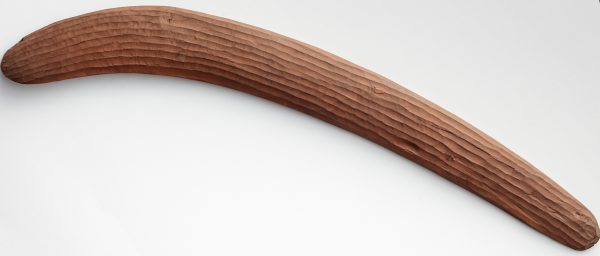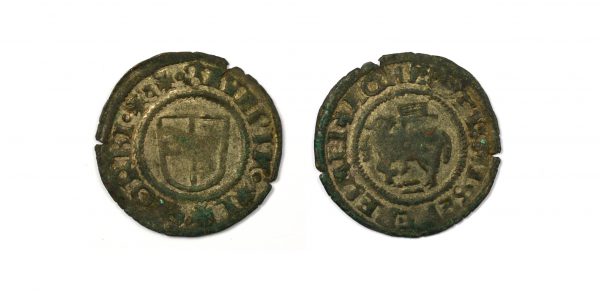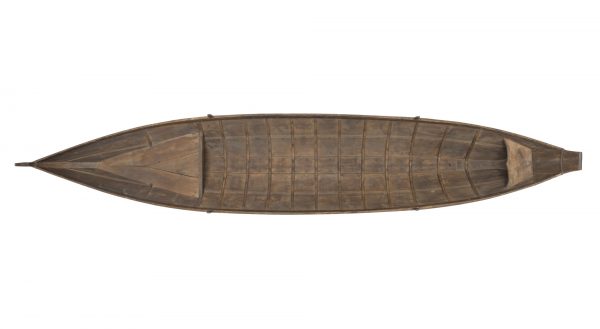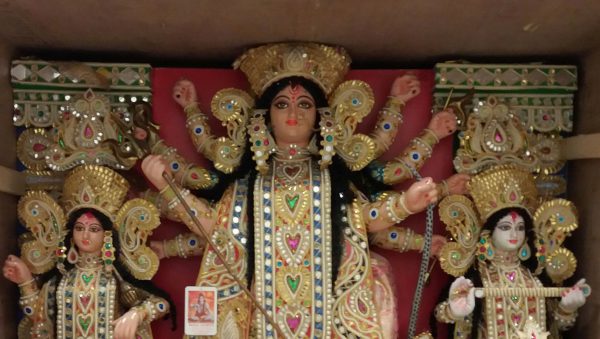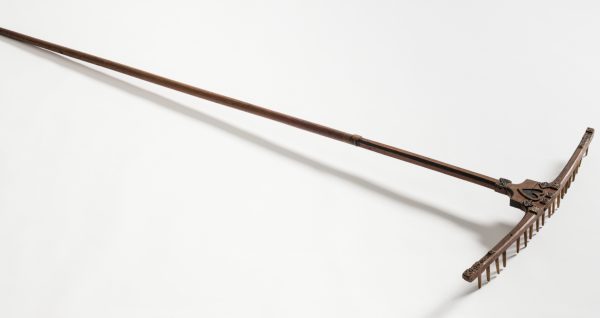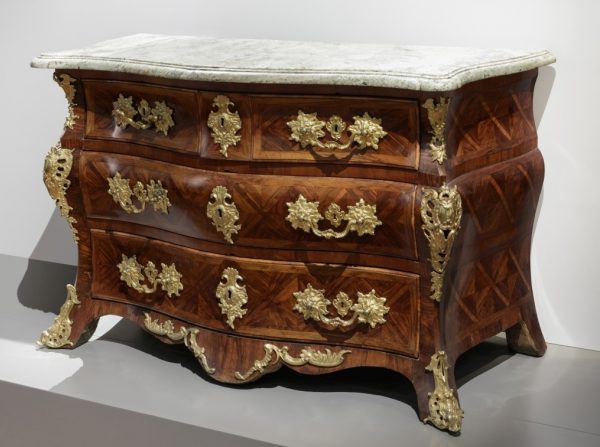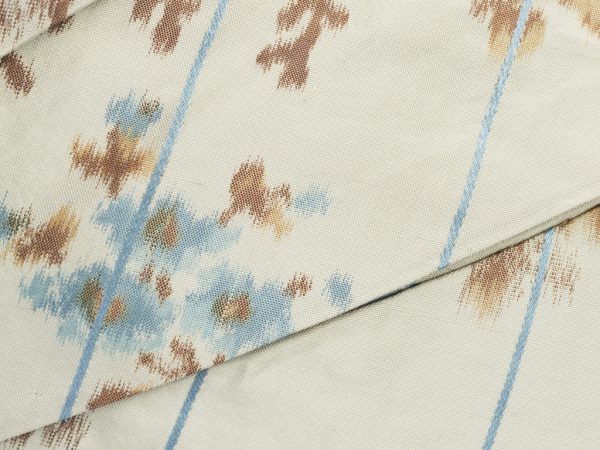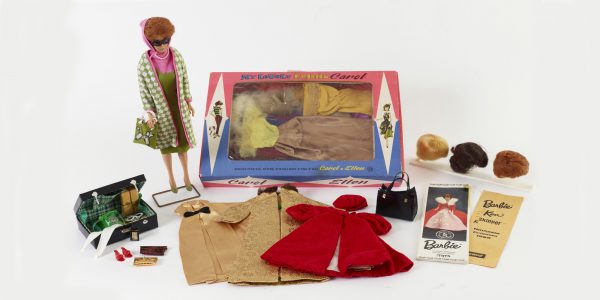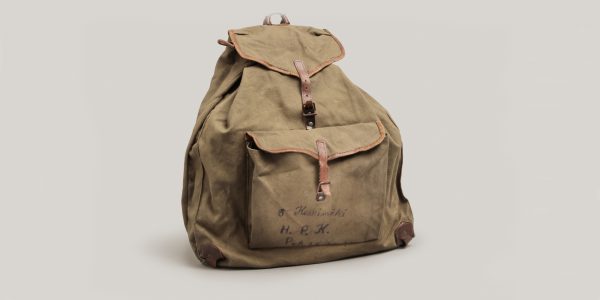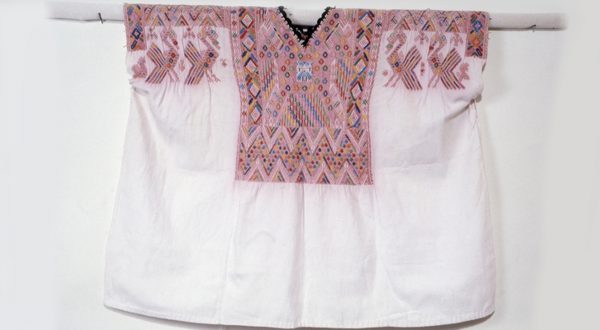Parisian dress of Louhisaari Manor
Object of the month - May 2018
In 2016, the National Museum of Finland received an important addition to its dress collection when Baroness Christina Klingspor née Sparre from Sweden donated to Louhisaari two dress bodices from the 1840s that once belonged to women of the Mannerheim family. Not only is the donation linked to a great deal of Finnish cultural history, but the items also provide valuable insights for the museum’s dress research in terms of materials and handicraft.
One of the bodices very likely belonged to Marshal Mannerheim’s paternal grandmother, Countess Eva Vilhelmina von Schantz, and the other to his maternal grandmother, Charlotta Johanna Jägerskiöld. The latter bodice is especially interesting as it came with a preserved Parisian receipt, according to which the dress was purchased in Paris on 5 July 1841 by a “Madame Jilin”. Apparently, the young wife was dress shopping in Paris quite soon after her wedding.
Charlotta Johanna Ottiliana Jägeskiöld (1814–1844) married Johan Jakob Julin on 22 May 1841. Honorary mining counsellor Julin (von Julin after being raised to nobility) married four times. His first wife was Elisabet Katarina Keckman, the daughter of an Oulu commercialist. She died in 1815 a month after giving birth to her first child. Julin’s second wife, Emilia Lindsay, was the daughter of a Scottish priest. Emilia also died of complications after giving birth to her fifth child in 1835. Julin’s third and fourth wife were sisters. Charlotta Johanna Jägerskiöld died giving birth to her third child. Julin married for the fourth time in 1846 with Engel Catarina Lovisa Jägerskiöld and had two more children with her. Charlotta Johanna’s daughter Hedvig Charlotta Helena von Julin, born in 1842, later became Marshal Carl Gustaf Emil Mannerheim’s mother.
The Parisian dress, of which only the bodice has been preserved, is made of grey-green pékin silk with pale blue stripes, woven with brown branches and turquoise bouquets using the chiné technique. Pékin refers to fabrics with stripes parallel to the warp done with different weaves. The V-neck is wide and adjusted with a cotton string tied at the neck. The hem, which has a gently curving V-shaped picot in the front, features triple piping. The top part is fastened in the back with 12 brass hooks and lined with natural white cotton, the sleeves with starched gauze. The bosom part is shaped like a fan with six intakes, one of which still has a bone remaining. The decoration in the front consists of two folded strips of cloth cut on the bias running from both sides of the middle seam to the back over the neck like a collar. The short, straight sleeves have three similar folds. The needlework is extremely fine. According to the receipt, the dress also included long sleeves, which was quite common at the time for practical reasons.
Chiné refers to a method where patterns in several colours were printed on the warp threads before the fabric was woven. The technique became very popular in Europe in the mid-18th century due to the general craze for Oriental design. Although the first samples probably came from China, warp-printed chiné silks were already being made in France by the 1760s. They were used for fashionable and expensive summer dresses. Marie Antoinette, the future queen of France, is pictured wearing a chiné gown in a portrait painted in 1769. The portrait was sent to her future fiancé.
In Europe, the technique was difficult, and large patterns were only made in France. The foundation fabric used was usually thin taffeta, and the colours were soft pastels. The later English name for these silks was Pompadour taffeta, but Madame de Pompadour’s connection to this particular type of fabric is not clear. Most chiné silks were French and significantly more expensive than those woven in England. In France, chiné-printed silks were extremely popular in the 1770s and 1780s only to fall out of fashion over the following decade. They made a big comeback from the 1840s to 1860s. Even though the silks never again reached the same height of popularity, they continued to be made in France throughout the 19th century up until the early 20th century.
The detail image shows the fabric's pale blue warp-dominant stripes and the way that the warps dyed pale blue and brown elsewhere form blurred floral patterns that seem almost painted. In France, the blurred pattern derived from the Ikat technique was referred to as chiné a là branche. In chiné a là branche, the patterns were dyed into the warp by separating and bundling warps as desired. Next, the fabric was woven on a loom as normal. The handworked production method was time-consuming and expensive. The method combining printing, weaving and dyeing makes each metre of fabric as unique as a work of art – almost as if painted by hand.
Charlotta Johanna did not get to wear her fashionable, form-fitting dress for very long; after all, she was constantly pregnant in the years leading to her early demise. Indeed, the dress was probably passed on to her oldest daughter and through her to the Mannerheim family. The preservation of the receipt made Mrs Julin’s dress immediately much more interesting. The piece of paper, was preserved by chance, revealed the exact date, the fabric’s product name, the owner of the dress and its maker.
It may be the only piece of chiné silk clothing in Finnish museum collections. On the other hand, it is also possible that as research knowledge grows, we will find more examples of this fascinating fabric art that was popular in its time.
The receipt reveals that Mrs Julin made her purchase at Hippolyte Delacourtie’s boutique at rue de la Paix 22, which sold silks and evening dresses, for example. Apparently, the dress required four ells of pékin chiné fabric to make. The price recorded on the receipt was 150 francs and 50 centimes.
The bodices that once belonged to Marshal Mannerheim’s grandmothers (2016018:1–2) are on display at Louhisaari Manor during summer 2018.
Outi Flander
Sources:
Fashion: Collection from the Kyoto Costume Institute, A History from the 18th Century to the 20th Century. Taschen, 2002, p. 56–57.
http://thedreamstress.com/2013/07/terminology-what-are-ikat-abr-and-chine/


